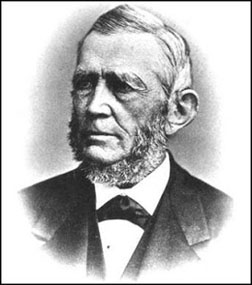Similar to the practice of dowsing or water witching–the use of an implement such as an L-shaped rod or a Y-shaped tree branch to divine the location of underground water sources–is “doodlebugging,” which uses the same mysterious technology to locate petroleum or mineral deposits. In September 1894, John G. Jackson, a New Jersey surveyor, railroad engineer, astronomer and former state senator, was confident that this supernatural aid would vindicate his as-yet unsuccessful search for oil in Kentucky.
Writing to a stockholder in his struggling company, Jackson reported that “various Psychic influences” had urged him not to give up. Previous drilling efforts had come close, but fate had not been with him: “We have been told by mediums experienced in Petroleum oil matters,” he explained, “that we missed the location of the first well, through mischievous spirit influences, but a short distance.” Now, however, “different mediums many miles asunder have united in pointing out the places wherein success will be certain.” All that was needed was courage, perseverance–and yes, a new infusion of cash for the project. “If the sanguine promises of the psychics prove genuine,” Jackson assured his correspondent, “that will yield very handsomely.”
John G. Jackson’s letter is part of the Manuscripts & Folklife Archives collections of WKU’s Department of Library Special Collections. Click here for a finding aid. For other collections about petroleum exploration in Kentucky, search TopSCHOLAR and KenCat.

